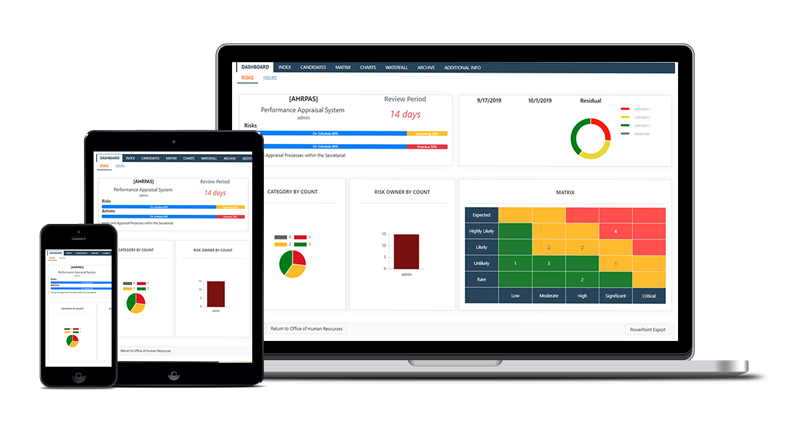When a facilitator is leading a group in a facilitated workshop or meeting, he or she can adopt a range of facilitation styles. These vary by the amount of control exercised by the facilitator compared with the degree of control allowed for the group. On one extreme, the facilitator has almost complete control over what happens in the workshop or meeting. By contrast, at the other extreme the group has near-total control of proceedings. Between these extremes lie various shared positions in which the balance of control differs between facilitator and group.
Although the range of possible facilitation styles is continuous, we can distinguish three zones:
- Directive/Reactive. The facilitator takes the lead to direct the workshop, while the group follows the facilitator reactively. In Directive mode, the facilitator is in charge, leading from the front, telling people what to do.
- Collaborative. Facilitator and group work together to achieve the best outcomes from the workshop or meeting. In this mode they act as partners, with the facilitator standing alongside others and acting as a member of the group.
- Supportive/Proactive. The group takes the lead proactively, setting the agenda and driving the workshop, with the facilitator in a supportive role. Here the facilitator is more like a helpful friend, standing behind the group, advising and helping them when necessary.
The risk facilitator can use a range of different styles, but when is each style appropriate in a facilitated risk workshop?
The Directive style is appropriate at the beginning and end of a risk workshop, when the facilitator needs to give the workshop a clear start (clarifying objectives, defining the agenda and setting ground rules), and when the workshop is closed out (dealing with outstanding issues and questions, summarising outcomes and clarifying next steps). Both of these stages work best when the facilitator takes charge to provide the necessary input and guidance to workshop participants.
Alternative facilitation styles can be used in the mid-part of the risk workshop, when risks are being identified and assessed, and when risk responses are developed. The choice of style depends on the maturity and experience of the group. With a more mature group the facilitator can adopt a more Collaborative or Supportive style, allowing the group to take more responsibility for the workshop. However if individuals in the group are less experienced, the facilitator may need to stay in Directive mode, to keep the workshop on track.
The role of risk facilitator is a key contributor to the success (or otherwise) of the risk process, particularly in determining whether the risk workshop achieves its objectives. By choosing the right facilitation style, risk facilitators will ensure that each workshop meets its goals effectively, so that risk can be managed properly.
© Copyright February 2016, David Hillson/The Risk Doctor Partnership






